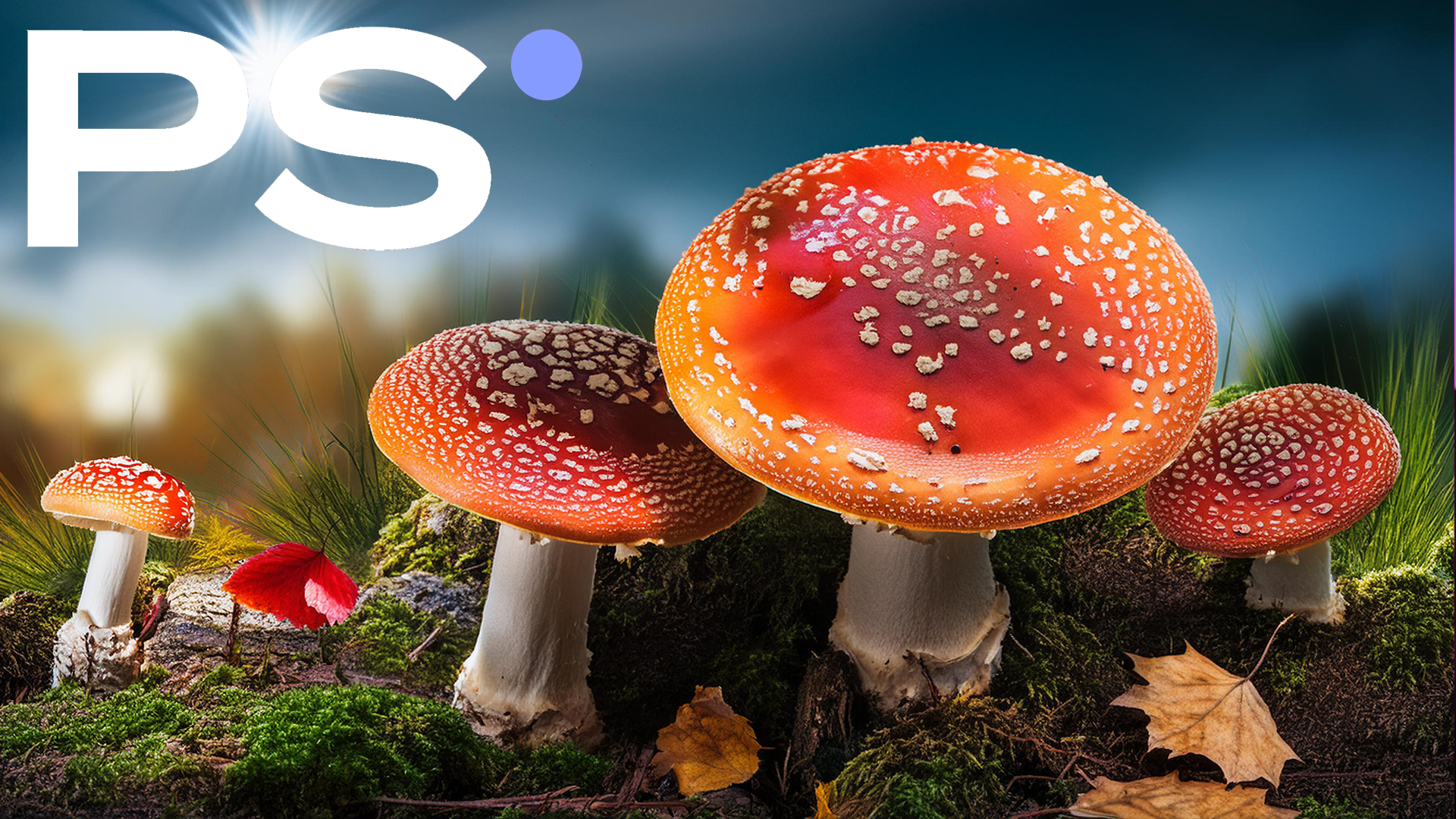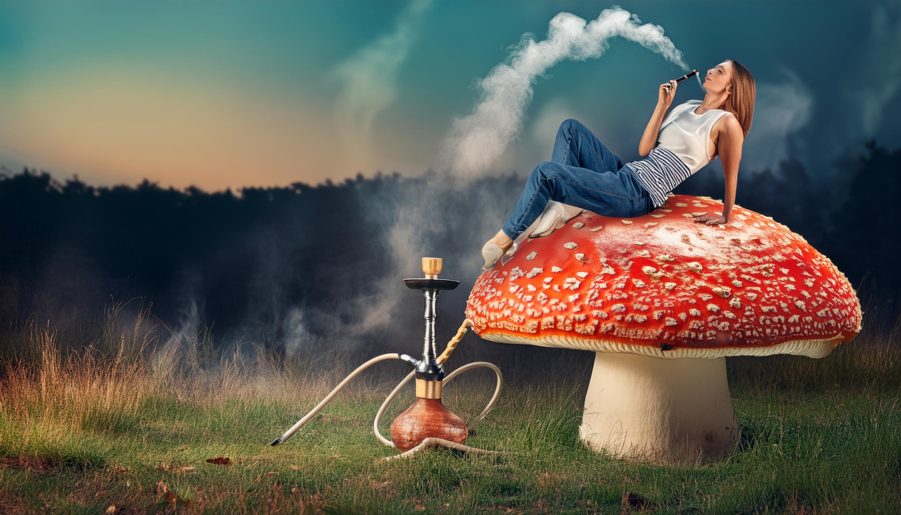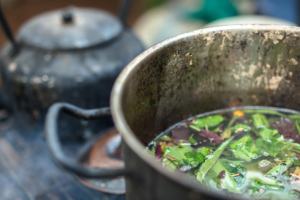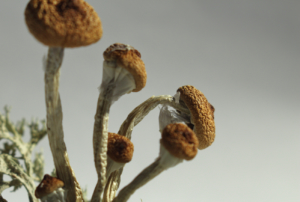
Amanita muscaria, often recognized by its iconic red cap with white spots, has fascinated humans for centuries. Its use dates back to ancient shamanic traditions in Siberia, where it played a central role in spiritual and religious rituals. Shamans consumed the mushroom to induce altered states of consciousness, facilitating communication with the spirit world. The Sami people of northern Scandinavia also utilized amanita muscaria in their spiritual practices. European folklore and art are replete with images of this mushroom, often depicted alongside fairies and other mystical beings. Its distinctive appearance has made it a symbol of enchantment and mystery in Western culture, prominently featured in fairy tales, holiday decorations, and even video games like Super Mario.

Can It Make Me Grow Up Strong?
Against the recent backdrop of concern around products that purportedly contain elements of amanita muscaria mushrooms, just what exactly are the health benefits? The health benefits attributed to amanita muscaria are primarily anecdotal, with limited scientific backing. Proponents claim that its psychoactive compounds, muscimol and ibotenic acid, can offer several therapeutic effects. These include mood enhancement, alleviation of anxiety and depression, and even improved creativity and cognitive function. These are often the results that are advertised on products containing the mushrooms. Some users report a sense of euphoria and heightened sensory perception, which can be beneficial for mental well-being. Additionally, there are suggestions that amanita muscaria could have neuroprotective properties, potentially aiding in the treatment of neurodegenerative disorders.
A Legal Market…Mostly, But For How Long?
It’s always been in the zeitgeist, by its compelling look alone and inclusion in pop culture mainstays of film, television and text, But the growing interest in natural and alternative wellness products has led to the wider commercialization of amanita muscaria. Various products containing the mushroom are now available on the market, often marketed as supplements for mental and emotional well-being. These include gummies, chocolates, tinctures, and capsules, which are designed to offer a controlled dose of the mushroom’s psychoactive compounds. Brands often highlight the natural origins and traditional uses of amanita muscaria, appealing to consumers seeking holistic and alternative health solutions.
However, the lack of standardized dosing and regulation has raised concern from some about the consistency and safety of these products.

How Might the Worst Case Appear?
The primary controversy surrounding amanita muscaria revolves around its safety and the potential risks associated with its consumption. Unlike psilocybin mushrooms, amanita muscaria contains compounds that can be toxic at higher doses, leading to adverse effects such as nausea, vomiting, agitation, and seizures. The psychoactive experience can be unpredictable, with some users experiencing intense hallucinations and disorientation. The lack of regulation in the market exacerbates these risks, as products may be mislabeled or contain unsafe levels of active compounds. Medical professionals caution against unsupervised use, emphasizing the need for further research and clearer guidelines to ensure safe consumption.
It’s worth noting that the legal status of amanita muscaria can vary by region, adding another layer of complexity. In some places, it is considered a legal substance, while in others, it is regulated due to its psychoactive properties. This inconsistency can confuse consumers and complicate efforts to establish a standardized framework for its use and distribution.
A Time Honored Medicine: Handle with Care
Amanita muscaria holds a unique place in history and modern wellness trends, symbolizing the enduring human fascination with natural psychoactive substances. Its rich cultural heritage and purported health benefits make it a subject of intrigue and controversy. As interest in alternative and holistic health solutions continues to rise, the market for amanita muscaria products is likely to continue to expand. But how many bad actors producing unsavory results can the market bear before regulators, already wary and under-equipped with substantial scientific documentation, bring the hammer down for good?
We continue to bang the drum for a balanced approach that prioritizes safety and informed consumption, we can unlock the full potential of this remarkable mushroom and its place in modern wellness practices.





